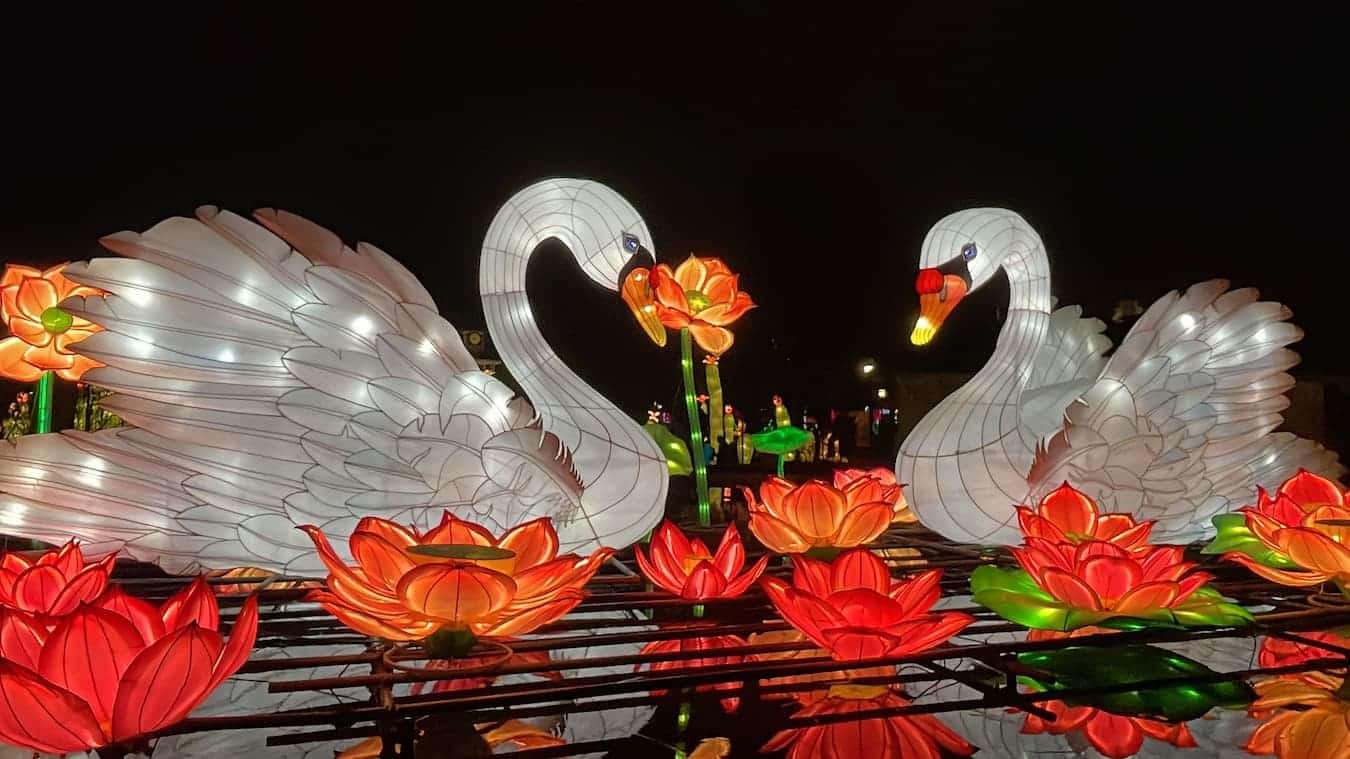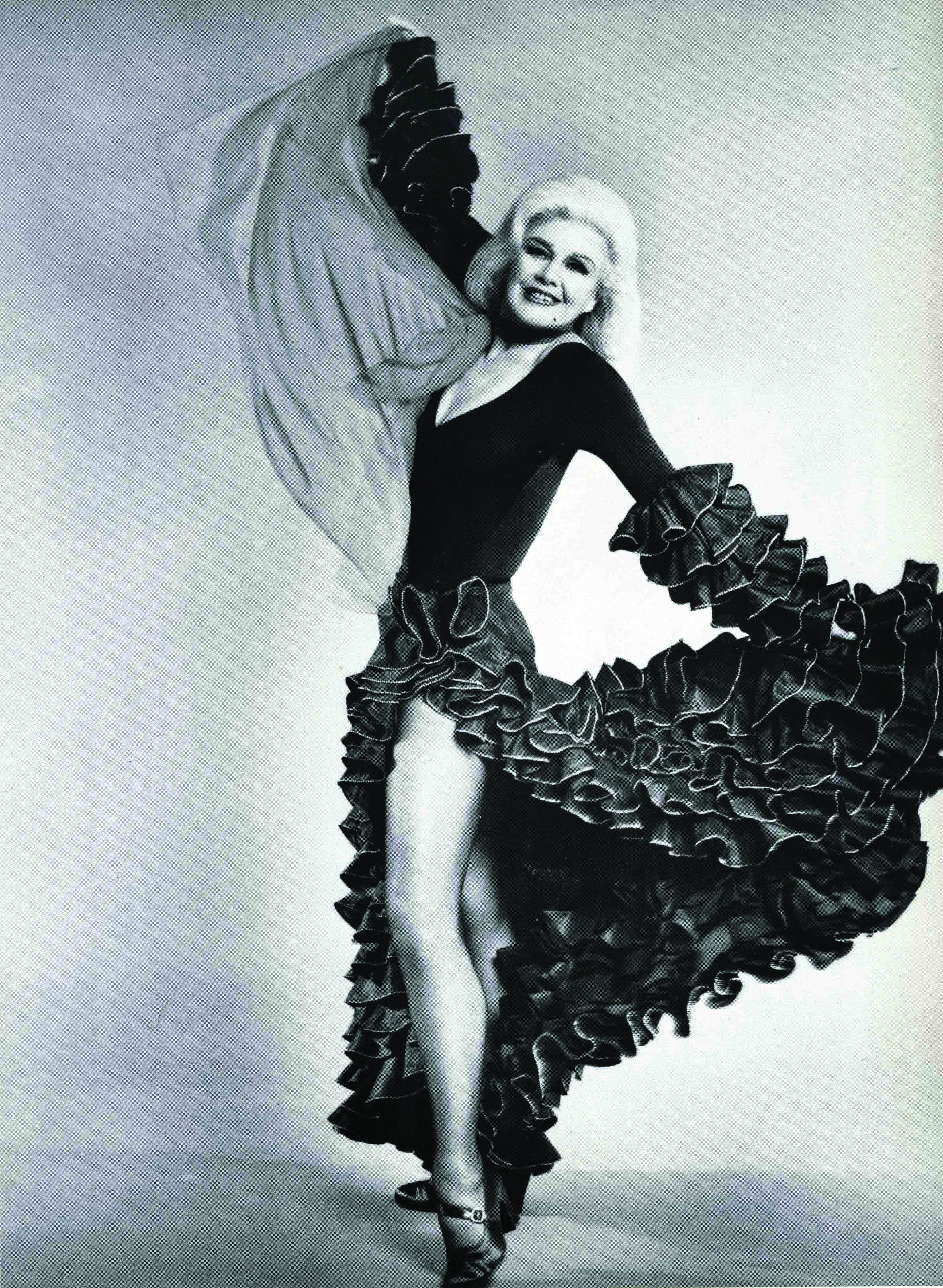The American Natya Festival, now in its fifteenth year, is a three-day celebration of Indian artistic tradition. Performers from around the United States and India will dazzle audiences with spirited song and dance and elaborate costumes.

By Caroline Dohack
The 15th American Natya Festival, a three-day festival celebrating classical dance from India and South Asia, will be held April 26–28, 2024, in the Clayton High School Auditorium in St. Louis. The event brings together professional performers from across the U.S. and India for a series of dance presentations as well as an American Natya Idol competition.
Indian classical dance dates as far back as 200 BCE. Prasanna Kasthuri, founder and artistic director of the Soorya Dance Company in St. Louis, says a variety of regional dance forms evolved over the centuries, but that all practices can be traced to the Sanskrit text Natya Shastra.
“Natya,” Kasthuri explains, translates to “a theatrical presentation including dance, drama, and music,” and the Natya Shastra can be likened to an encyclopedia for every humanly possible movement.
During the festival, the Soorya Dance Company will perform an original work written and choreographed by Kasthuri called “Defeat of Death,” based on a work called Savitri by the freedom-fighter-turned-philosopher Sri Aurobindo. Aurobindo derived this work from the Mahabharata, a famous Indian epic dating back to the third century BCE.

Part of the Soorya Dance Company’s mission is to make traditional Indian art forms accessible to American audiences. With this in mind, Kasthuri chose to place English dialogue over classical Indian melodies. But, Kasthuri is quick to point out, language should not be a barrier to enjoying Natya performance.
“Most of the movements are based on normal day-to-day hand gestures and human emotion,” Kasthuri says. “The hand gestures tell the story. We make a lot of pure dance movements, which you don’t need any story to understand.”
Oh, but what a story it is.
A princess named Savitri falls in love with an exiled prince, Satyavan. Despite Satyavan’s lack of wealth and social standing—and despite the fact that Satyavan is destined to die young—Savitri marries him and the two are blissfully happy until the fated day of Satyavan’s death. “But her love is so strong she can see Yama, the god of death, coming to take his soul,” Kasthuri says.
Savitri begs Yama to spare Satyavan, but her pleas fall upon deaf ears. “He tells her, ‘You cannot follow me because the place I am going is the place even time dies,’ ” Kasthuri says.
What follows is a remarkable journey across the continent and across worlds as Savitri refuses to give up on her man.
“It’s a very beautiful story,” Kasthuri says. “It’s extremely popular.”
All photos courtesy of Soorya Dance Company.
For hundreds more events, visit Missouri Life’s Event Calendar.
Related Posts
From Dragons to Pandas: Animals Aglow Takes the St. Louis Zoo by Storm
Experience the magic of an Animals Aglow adventure at the Saint Louis Zoo! Over 60 dazzling Chinese lanterns illuminate pathways and showcase wildlife and Chinese culture. Interactive displays, cultural opportunities, and Asian delicacies await!
See the Dazzling Dresses Worn by Ginger Rogers
You can see some of the spectacular dresses worn by Hollywood star Ginger Rogers and hear how her garments influence modern designers at a special program coming up next week. Ginger, who was born in Independence, frequently defied society norms.
Hear Fa-Fa-La-Lots Of Music
Holiday songs and Christmas carols are extra special — we only hear or sing them once a year! There's nothing better than memorable music to put you in the holiday mood. Here’s a wonderful opportunity for you to celebrate with songs this year!
Improv Theatre Has Many Benefits
Most of us think of improv as being comedy. It really is so much more. Ed Reggi shares his love of this form of theatre in “The Converstion” where we ask questions and Ed enlightens us on the benefits of improv for people of all ages.




